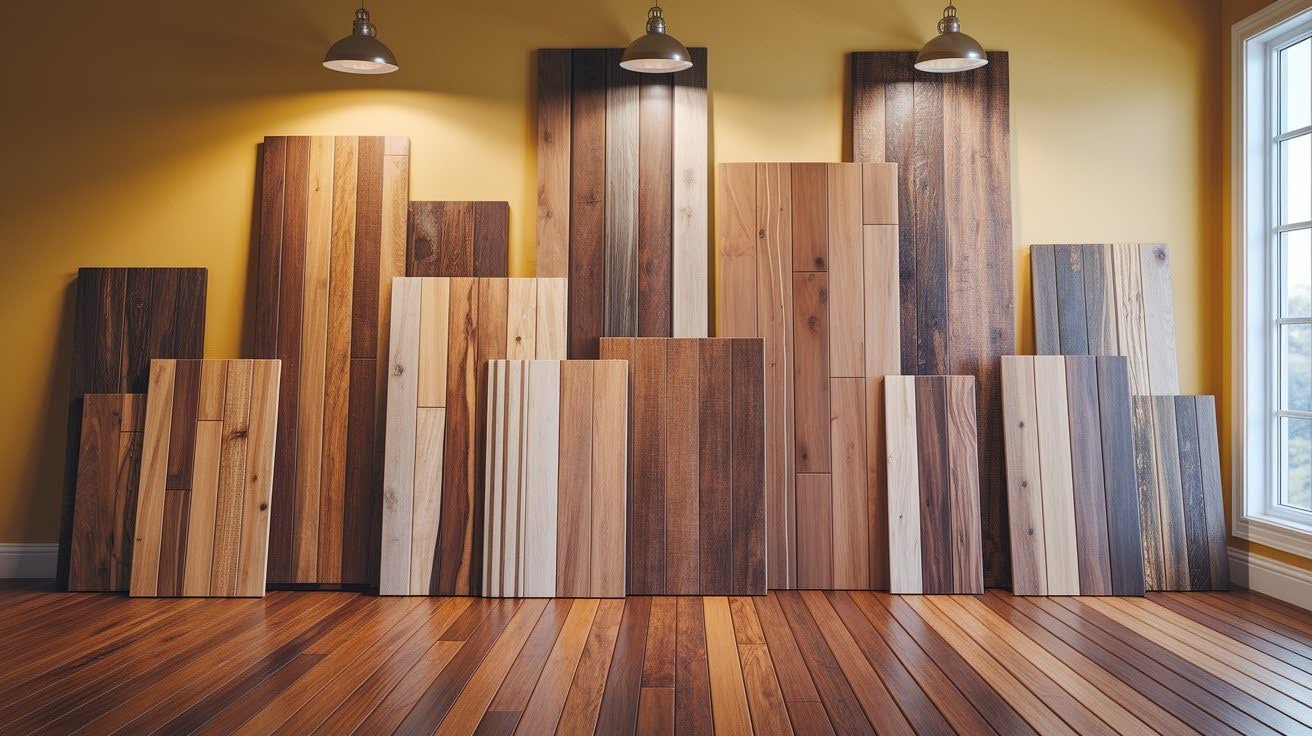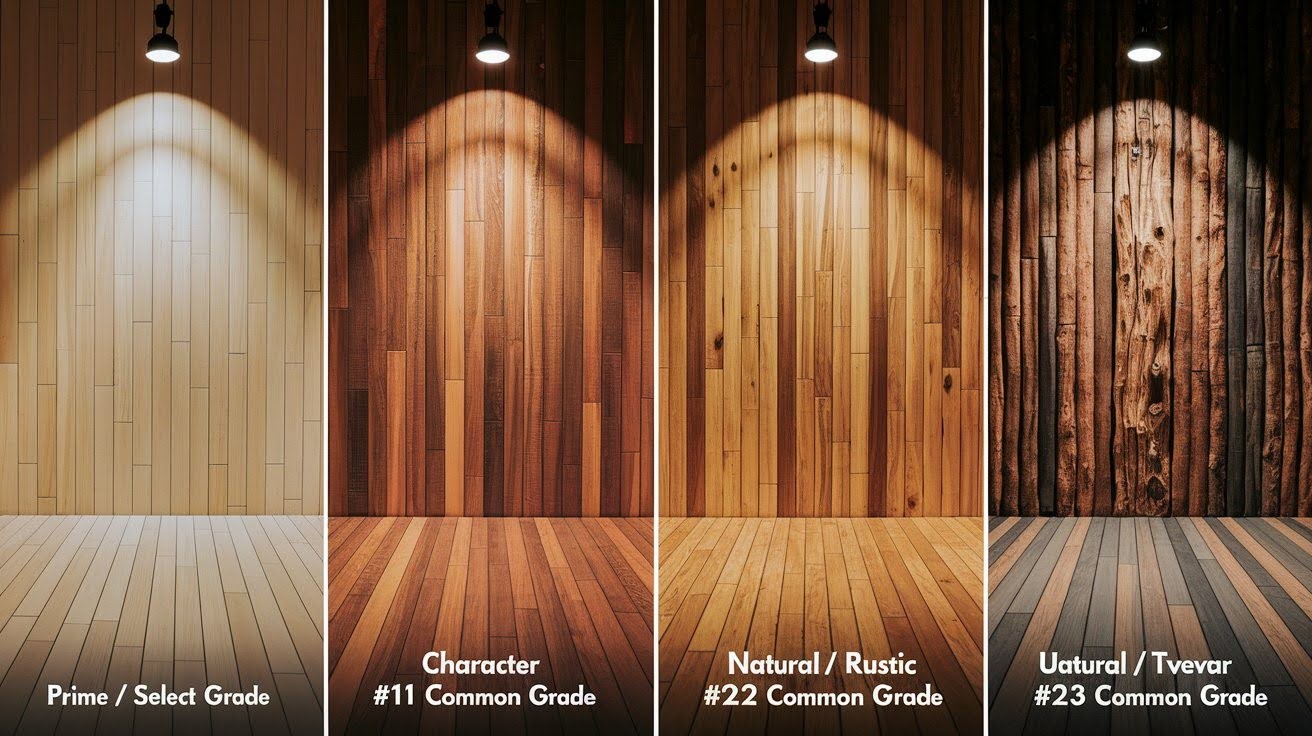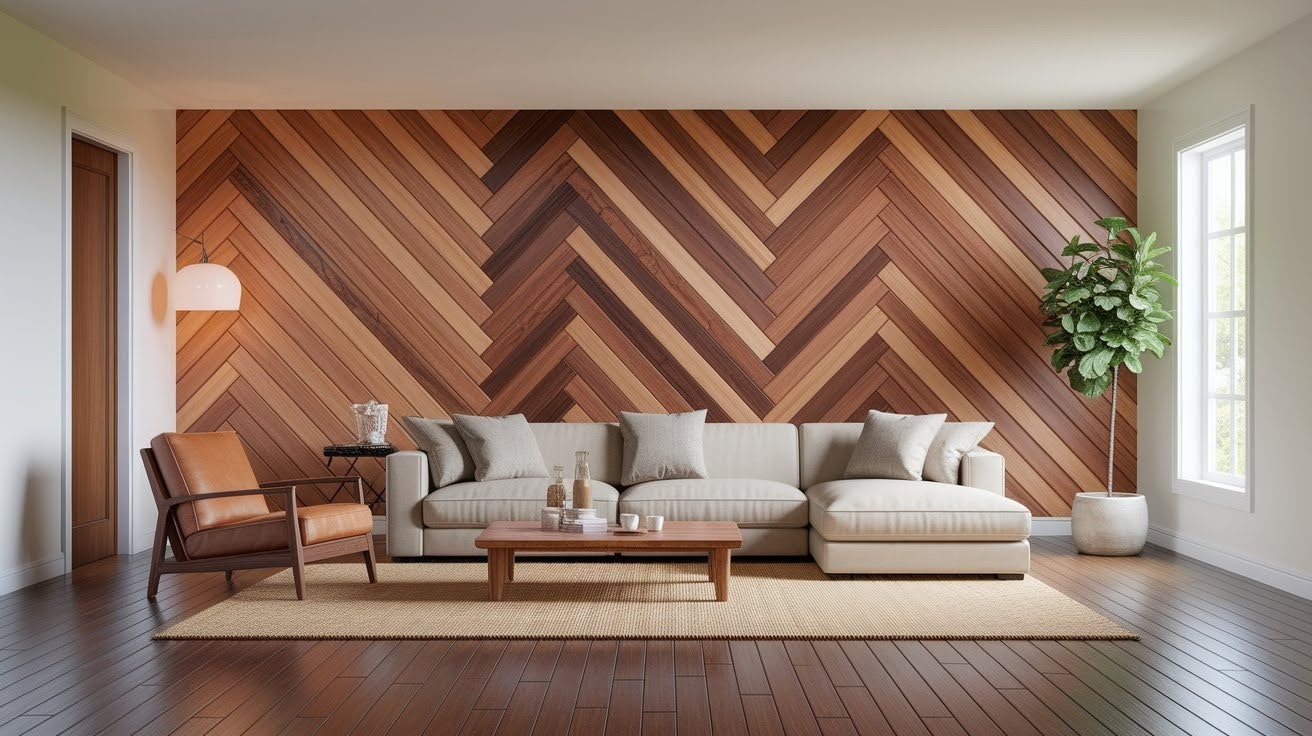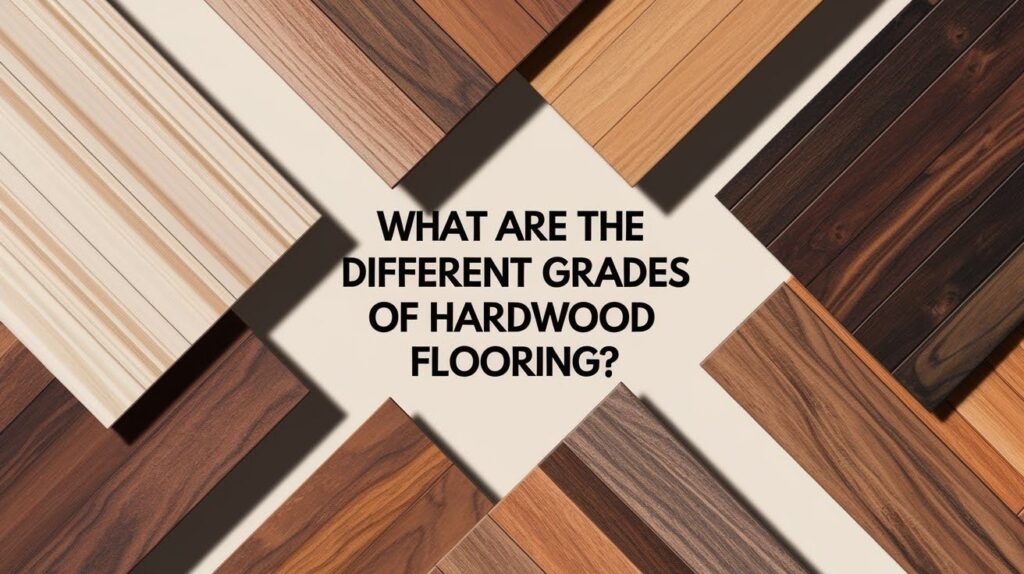When you’re shopping for hardwood flooring, price differences of confusion pop up everywhere. Why does one oak plank cost twice as much when it seems almost identical? The answer resides within the domain of hardwood grades.
These grades determine how your floors look instead of their strength. Every grade provides the same durability also structure.
I have given help to countless homeowners in order to choose the right flooring. Comprehension of grades makes all the difference in what this process is. This manual dissects every class stage with a preview.
I will also show you the visual differences you can expect. To suit your home perfectly, I will help you to match the right grade to your style and your budget so that you can make a smart choice.
Understanding Hardwood Floor Grades

Hardwood floor grading is basically a beauty contest for wood planks. Manufacturers sort each piece based on how it looks, not how well it performs.
The grading process examines knots, sapwood, mineral streaks, color variation, board length, and milling imperfections.
Both solid hardwood and engineered hardwood use the same grading system. Lower grades aren’t weaker flooring.
A rustic grade oak plank is just as strong as a clear grade. You’re simply paying for appearance differences, not quality or durability.
Common Hardwood Flooring Grades

Think of hardwood grades like a spectrum. Higher grades give you a cleaner, more uniform appearance. Lower grades offer more character and natural variation.
Prime / Select Grade (AB / Clear / Modern Grade)
This is the perfectionist’s choice with minimal knots, uniform color, and consistent board lengths. Perfect for modern or luxury interiors, but costs more because manufacturers can only use a small portion of each tree.
Character / #1 Common / ABC Grade
The sweet spot for most homeowners. You’ll get moderate knots, some mineral streaks, and natural variation. It’s the most popular choice, offering natural warmth with balanced pricing.
Natural / Rustic / #2 Common / ABCD / Builder’s Grade
Plenty of knots, occasional worm holes, and significant color variation create strong rustic character. It’s the most cost-effective option, and dark stains hide most visible differences from higher grades.
Utility / Tavern / CD / #3 Common Grade
Includes large defects like machine burns and broken knots. Not recommended for residential use due to low usable yield, despite the lowest price point.
Factors Affecting Grade Choice

Your grade selection depends on more than just budget. Several key factors influence which grade works best for your specific project.
Wood Species
Different species show grades differently. Oak displays prominent grain that makes lower grades look rustic, while Maple’s subtle grain creates cleaner appearances in higher grades.
Exotic species like Brazilian Cherry and Walnut have natural color variation that can hide imperfections better than lighter domestic woods.
Plank Width
Narrow planks under 3 inches suit traditional homes and hide minor imperfections through multiple seam lines.
Wide planks 5 inches and larger create a modern feel but showcase grade characteristics more prominently, working best with higher grades.
Finish Type
Oiled finishes enhance natural character and work well with lower grades.
Lacquered finishes create polished protective coatings that can make higher grades look more refined but require complete replacement if damaged.
Tips for Selecting the Right Grade
- Match your design vision: Modern spaces work best with Prime grades for clean looks, while rustic styles shine with Natural grades showing more character and knots.
- Work smart with your budget: Lower grades paired with darker stains can achieve similar looks to higher grades at much lower costs. Dark stains hide many imperfections effectively.
- Consider mixing grades creatively: Use higher grades in main areas and lower grades in bedrooms, or mix within rooms for unique visual interest.
- Get professional guidance: Flooring experts can show actual samples and help you avoid costly mistakes while achieving your desired look within budget.
Conclusion
Understanding hardwood flooring grades helps you make wiser choices since grades fit both budget and style.
Grades appear only to affect, not make durable or strengthen. Structural performance is just about the same within every grade.
I have worked with hardwood flooring for many years, and I have seen people overspend when it is unnecessary.
I will explain just what each grade means and then show you all the visual differences in this guide. I will also help you choose in light of your room’s purpose as well as design. Ponder your tastes and spending plan.
See just how different grades do look under your lighting when you go to showrooms or you order samples. A perfect floor awaits you.
Frequently Asked Questions
What’s the difference between hardwood flooring grades?
Grades reflect visual appearance, not quality or strength. Higher grades have fewer knots and uniform color, while lower grades show more natural character and variation.
Does a lower grade mean weaker flooring?
No, all grades offer identical structural strength and durability. A rustic grade plank performs just as well as a prime grade plank in terms of wear and longevity.
Which grade offers the best value for money?
Character grade (#1 Common) provides the best balance of appearance and cost for most homeowners. It offers natural beauty without the premium price of higher grades.
Can I mix different grades in the same room?
Yes, mixing grades can create unique visual interest and help manage costs. Many homeowners use higher grades in main areas and lower grades in less visible spaces.
How do I know which grade is right for my home?
Consider your design style, budget, and maintenance preferences. Visit showrooms to see actual samples, as photos don’t show true color and grain variations accurately.

